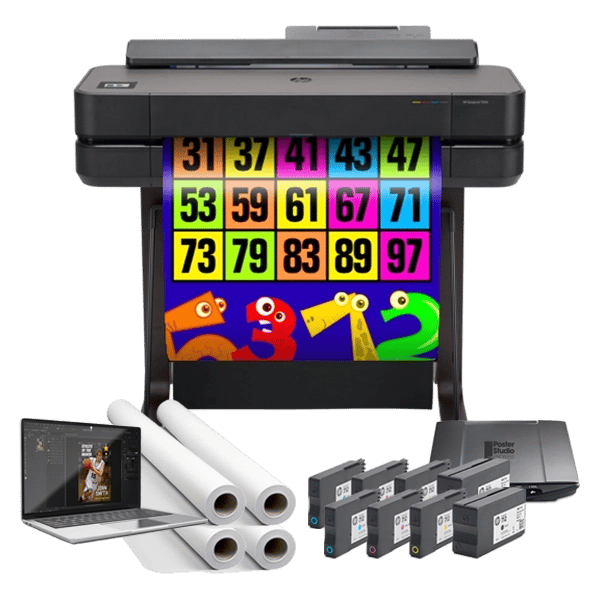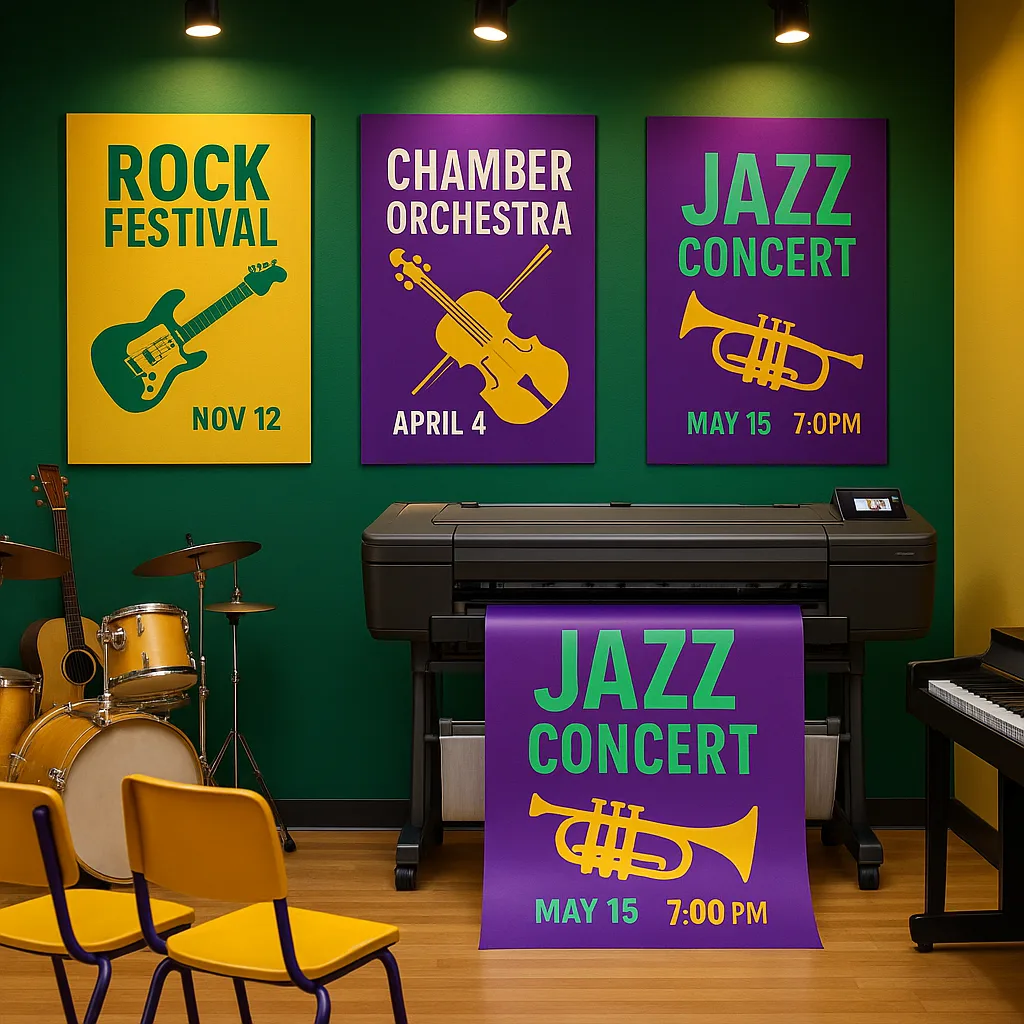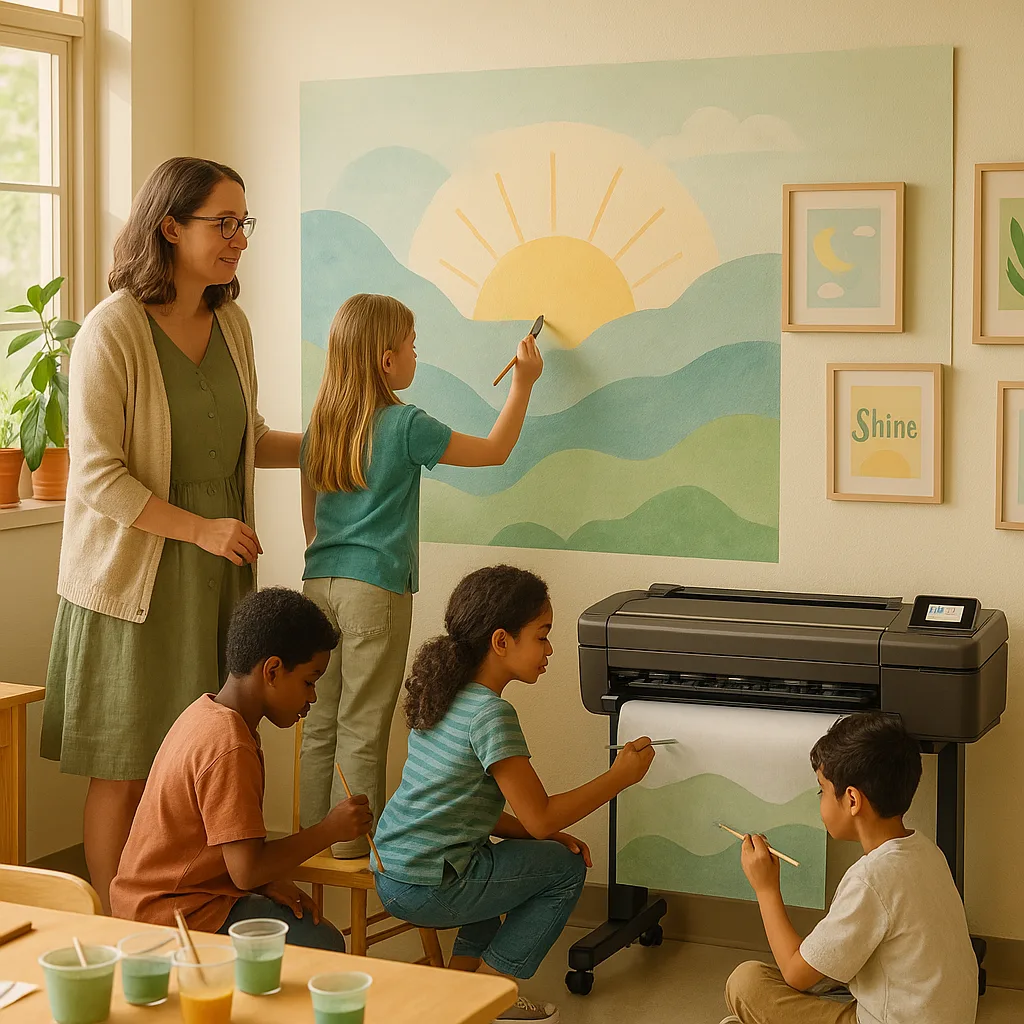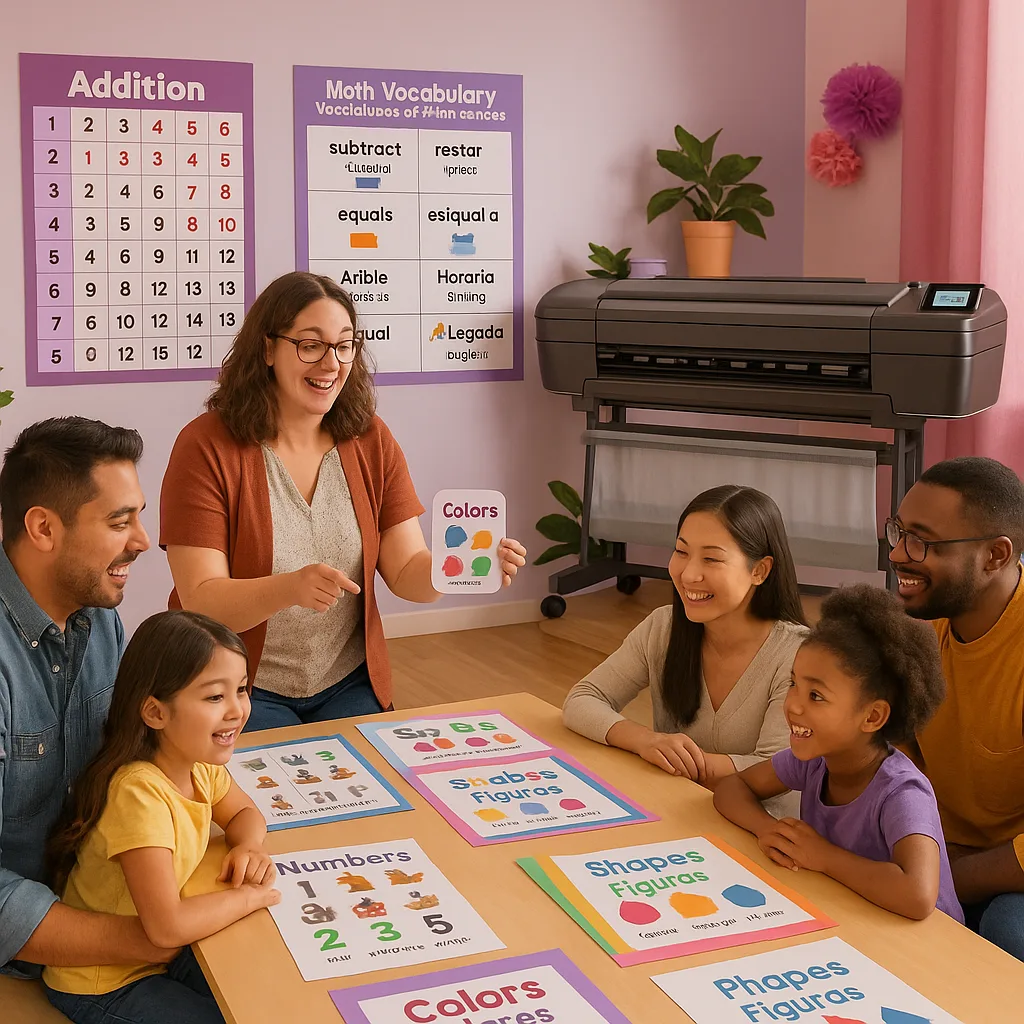
North Carolina’s Reading Revolution Starts on Your Walls
Picture this: Last Thursday, I walked into Ms. Jenkins’ second-grade classroom in Charlotte to find her students literally bouncing with excitement. Why? They’d just decoded a tricky word using their brand-new phonics wall—and suddenly, the whole sentence made sense. “Mrs. Rivera, look!” one student exclaimed, pointing to the bright display. “The ‘igh’ makes the long /i/ sound, just like on our poster!”
That magical moment captures exactly why North Carolina’s new Science of Reading requirements are transforming classrooms across our state. As districts scramble to meet the mandate for systematic phonics instruction, I’ve discovered that creating effective phonics wall displays with a poster maker for schools phonics walls isn’t just helpful—it’s essential. These visual anchors give students the constant reinforcement they need to master the alphabetic principle.
Understanding NC’s Science of Reading Shift
North Carolina’s LETRS-aligned literacy requirements emphasize explicit, systematic phonics instruction starting in kindergarten. This means our traditional “guess from context” approaches are out, and structured literacy is in. The state now requires all K-5 teachers to complete comprehensive training in the Science of Reading by 2025.
But here’s the challenge I see daily: How do we make abstract phonics concepts concrete for young learners? The answer lies in creating persistent visual supports that students can reference independently. That’s where strategic wall displays become game-changers.
The Research Behind Visual Phonics Learning
According to IES research, students who learn with systematic phonics instruction show 23% greater reading gains than those using whole-language approaches. When we add persistent visual supports, those gains increase even further. The key? Making sure our displays actually support decoding, not just memorization.

Essential Components of Poster Maker for Schools Phonics Walls
After coaching in 22 schools across North Carolina, I’ve identified five must-have elements for effective phonics displays. Each component should be created with intention, using a color poster maker machine that produces crisp, readable text even from across the classroom.
Creating Decodable Text Posters That Actually Work
Here’s where many teachers struggle: making posters that support true decoding rather than sight-word memorization. Last month, I helped a first-grade team in Raleigh redesign their displays using these principles:
Start with scope and sequence alignment. Your decodable sentences must use only the phonics patterns students have explicitly learned. For example, if you’ve taught short vowels and consonant digraphs, create sentences like “The fish swam in the pond” rather than “The beautiful fish swam gracefully.”
Use high-contrast colors strategically. With our lifetime design service, we’ve found that black text on pale yellow backgrounds provides optimal readability while reducing visual stress for developing readers.
Size matters immensely. Text should be visible from the furthest student seat—typically 3-inch letters for titles and 2-inch for body text. This is where having a poster maker for schools phonics walls becomes invaluable, as standard printers simply can’t achieve these dimensions.
Step-by-Step: Building Your Sound-Symbol Correspondence Display
Try this tomorrow with your Education Express poster system:
Photograph mouth positions for each phoneme using student volunteers (with permission)
Design 8.5″ x 11″ cards with phoneme, grapheme(s), keyword, and mouth photo
Print on durable paper using your color poster maker machine
Arrange by articulation (lips, teeth, tongue, throat) not alphabetically
Add QR codes linking to pronunciation videos for parent support
Morphology Displays: The Missing Piece
While phonics gets most of the attention in early literacy, morphology—the study of word parts—deserves equal wall space. North Carolina’s standards now emphasize morphological awareness starting in second grade, yet I rarely see effective displays in classrooms.
Last week in Greensboro, I worked with third-grade teachers to create an interactive prefix wall. Using their color poster maker machine, we designed puzzle-piece visuals showing how “un-,” “re-,” and “dis-” change word meanings. Students could physically manipulate laminated pieces to build new words.
The results? Within two weeks, students’ vocabulary assessments showed a 31% increase in morphological awareness. More importantly, they started noticing these patterns in their independent reading. “It’s like they have X-ray vision for words now,” one teacher told me.
Prefix Power
Track student mastery of common prefixesImplementation Tips
Start with the 10 most common prefixes. Create separate posters for each, showing 5-7 example words. Update weekly as students master new morphemes. Include student-generated examples for ownership.Common Mistakes to Avoid
Through my district coaching visits, I’ve noticed several recurring issues with phonics displays. Here’s how to sidestep them:
❌ Overwhelming visual clutter: Limit yourself to 5-7 focal displays. Rotate content rather than cramming everything on the walls at once.
❌ Static displays all year: Update at least 20% of your phonics walls monthly to match current instruction.
❌ Adult-centered design: Place displays at student eye level. What looks perfect from your height might be useless to a first-grader.
❌ Forgetting diverse learners: Include visual supports for English learners and students with dyslexia.
Making It Happen in Your School
Ready to transform your classroom walls into literacy powerhouses? Start by assessing your current displays against North Carolina’s Science of Reading standards. Look for gaps in systematic phonics representation.
Next, invest in the right tools. A quality poster maker for schools phonics walls pays for itself within months through reduced outsourcing costs. Our cost analysis shows that in-house printing saves schools an average of $3,000 annually while providing unlimited flexibility for updates.
Consider starting with a pilot classroom. Document student progress with your new displays, then share results at staff meetings. Nothing convinces skeptical colleagues like seeing real gains in student decoding abilities.
Parent Partnership Through Visual Learning
One unexpected benefit of comprehensive phonics walls? They become teaching tools for families too. During parent nights, I encourage teachers to create take-home versions of key displays using their color poster maker machine. Parents report feeling more confident supporting reading practice when they understand the visual cues their children use at school.
Your Next Steps
North Carolina’s Science of Reading implementation doesn’t have to feel overwhelming. Start with one well-designed phonics display and build from there. Remember, effective visual supports aren’t decorations—they’re instructional tools that actively support student decoding.
This week, challenge yourself to create one new sound-symbol correspondence poster. Use explicit instruction principles, include mouth formations, and make it large enough for whole-class reference. Then watch as your students begin independently using the display to decode unfamiliar words.
Want to see real classrooms using these strategies? Check out our customer success stories from schools across North Carolina. You’ll find practical examples of phonics walls that truly support the Science of Reading.
Transform your literacy instruction with professional-quality displays
Ready to revolutionize your phonics instruction? Let’s create walls that teach! Share your classroom transformations with me at the next district meeting, or better yet, send photos of your students using their new phonics displays. Together, we’re building a generation of confident decoders across North Carolina.








